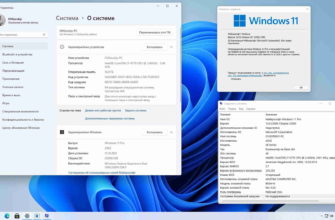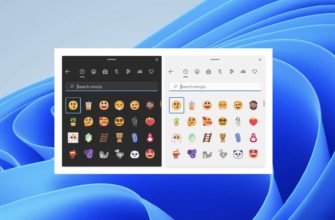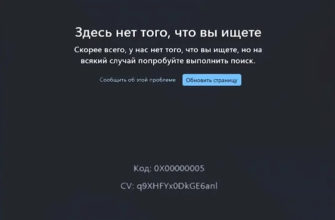Установка, настройка и выбор почтовых программ.
Лучшие эксперты в этом разделе
| Лысков Игорь Витальевич Статус: Старший модератор Рейтинг: 154 |
Роман Селиверстов Статус: Советник Рейтинг: 0 |
Valery N Статус: Мастер-Эксперт Рейтинг: 0 |
| Перейти к консультации №: |
День добрый! Помогите разобраться с почтовым сервером MDaemon9.6.5. Проблема следующего типа. Отсылаю письмо с прикреплённым файлом на любой адрес, Демон удаляет этот файл и приходить тока тема письма. Как с этим бороться? Сообщение которое выдает демон.
Состояние: Консультация закрыта
Oтветов пока не поступило.
Возможность оставлять сообщения в мини-форумах консультаций доступна только после входа в систему.
Воспользуйтесь кнопкой входа вверху страницы, если Вы зарегистрированы или пройдите простую процедуру регистрации на Портале.
Mailer-Daemon@mts.ru
WARNING. Mail Delayed: Re:
This is a warning message only.
Your message remains in the server queue,
the server will try to send it again.
You should not try to resend your message now.

Use this screen to designate those who should receive notification messages when a virus or restricted attachment is detected, or when the antivirus or Spam Filter files are updated.
All messages sent From:
Use this box for specifying the address from which you wish the notification messages to be sent.
Send virus notification message to.
When a message arrives with a file attachment containing a virus, a warning message will be sent to the individuals designated in this section. A customized warning message can be sent to the sender, recipient, and the administrators that you have designated on the Recipients screen. To customize the message for any of the three entries, select one of them from the list and then edit the message that appears on the bottom half of this screen. Each entry has its own message, though by default this isn’t obvious since some are identical.
Send restricted attachment notification message to.
When a message arrives with a file attachment matching a restricted attachment entry (listed on the Attachments tab) a warning message will be sent to the individuals designated in this section. A customized warning message can be sent to the sender, recipient, and the administrators that you have designated on the Recipients tab. To customize the message for any of the three entries, select one of them from the list and then edit the message that appears on the bottom half of this tab. Each entry has its own message, though by default this isn ‘ t obvious since all three are identical.
Send Spam Filter update notification to Administrators
Use this option if you wish to send an email to the administrators whenever the Spam Filter is updated, containing the results of the update. This option is the same as the » Send notification email with results of update » option located at: Spam Filter » Updates .
This text will be displayed in the «Subject:» header of the notification message that is sent.
This is the message that will be sent to the entry selected in the list above when the checkbox corresponding to that entry is enabled. You can directly edit this message from the box in which it is displayed.

The actual files containing this text are located in the MDaemonapp directory. They are:
cfattrem[adm].dat — Restricted attachment message – Admins
cfattrem[rec].dat — Restricted attachment message – Recipient
cfattrem[snd].dat — Restricted attachment message – Sender
cfvirfnd[adm].dat — Virus found message – Admins
cfvirfnd[rec].dat — Virus found message – Recipient
cfvirfnd[snd].dat — Virus found message – Sender
Should you desire to restore one of these messages to its original appearance, simply delete the relevant file and MDaemon will recreate it in its default state.
For your convenience, certain macros may be used in the notification messages and other messages that the Content Filters generate. You may use any of the following macros:
Some messages may contain an «ActualTo» field which generally represents the destination mailbox and host as it was entered by the original user prior to any reformatting or alias translation. This macro is replaced with that value.
Lists the version of AntiVirus that you are using.
This macro is replaced with the current time when the message is being processed.
Some messages may contain an «ActualFrom» field which generally represents the origination mailbox and host prior to any reformatting or alias translation. This macro is replaced with that value.
This macro is replaced by the name of the rule whose criteria the message matched.
Generates a unique ID with 11 alpha-numeric characters. Example: 0XVBASADTZC
This macro will cause the value of the header specified in place of the «xx» to be expanded in the reformatted message. For example: If the original message has » TO: user01@example.com » then the $HEADER:TO$ macro will expand to «user01@example.com». If the original message has «Subject: This is the subject» then the $HEADER:SUBJECT$ macro would be replaced with the text «This is the subject»
As with $HEADER:XX$ above, this macro will expand to the value of the Message-ID header.
When one or more attachments are removed from the message, this macro will list them.
When one or more viruses is found in a message, this macro will list them.
This macro expands to the f i le name of the current message being processed.
As $HEADER:MESSAGE-ID$ above, except this macro strips «<>» from the value of the message ID.
Expands to MDaemon ‘ s Default Domain name, which is designated on the Domain Manager.
This macro expands to the IPv4 address of your Default Domain.
This macro expands to the IPv6 address of your Default Domain.
This macro resolves to the full address of the message recipient.
This macro will insert the domain name of the message recipient.
Lists the recipient ‘ s mailbox (the value to the left of «@» in the email address).
This macro expands to the value of the message ‘ s «Reply-to» header.
Expands to the full address from which the message was sent.
This macro will insert the domain name of the message ‘ s sender (the value to the right of «@» in the email address).
Lists the sender ‘ s mailbox (the value to the left of «@» in the email address).
Displays the text contained in the message ‘ s subject.







